
# UX76 FDC - 1978 14c Postal Card - Coast Guard
Â
Â
Creation Of The U.S. Coast Guard
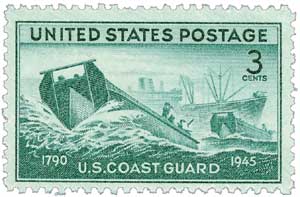
On August 4, 1790, President George Washington passed a new Tariff Act that created the United States Revenue Cutter Service, the forerunner of the U.S. Coast Guard.
Both before and after the American Revolutionary War, smuggling, shipping control, pirating, and revenue imbalance were issues along the American coast. The young nation needed income, which it could get from tariffs on imports. But it first had to deal with the issues at sea to be able to enforce these new tariff laws.
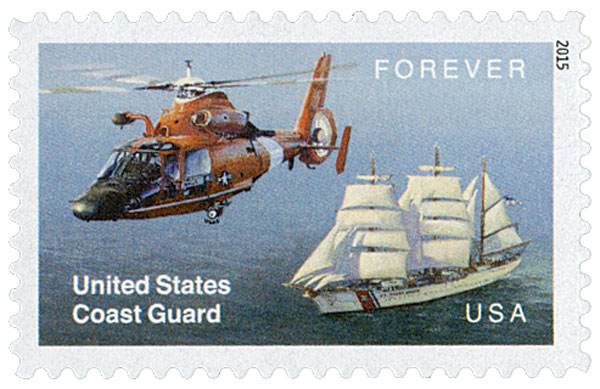
To combat this issue, Secretary of the Treasury Alexander Hamilton suggested the creation of a naval police force to patrol American waters. President George Washington and Congress agreed with his proposal and signed it into law on August 4, 1790, officially creating the U.S. Revenue Cutter Service.
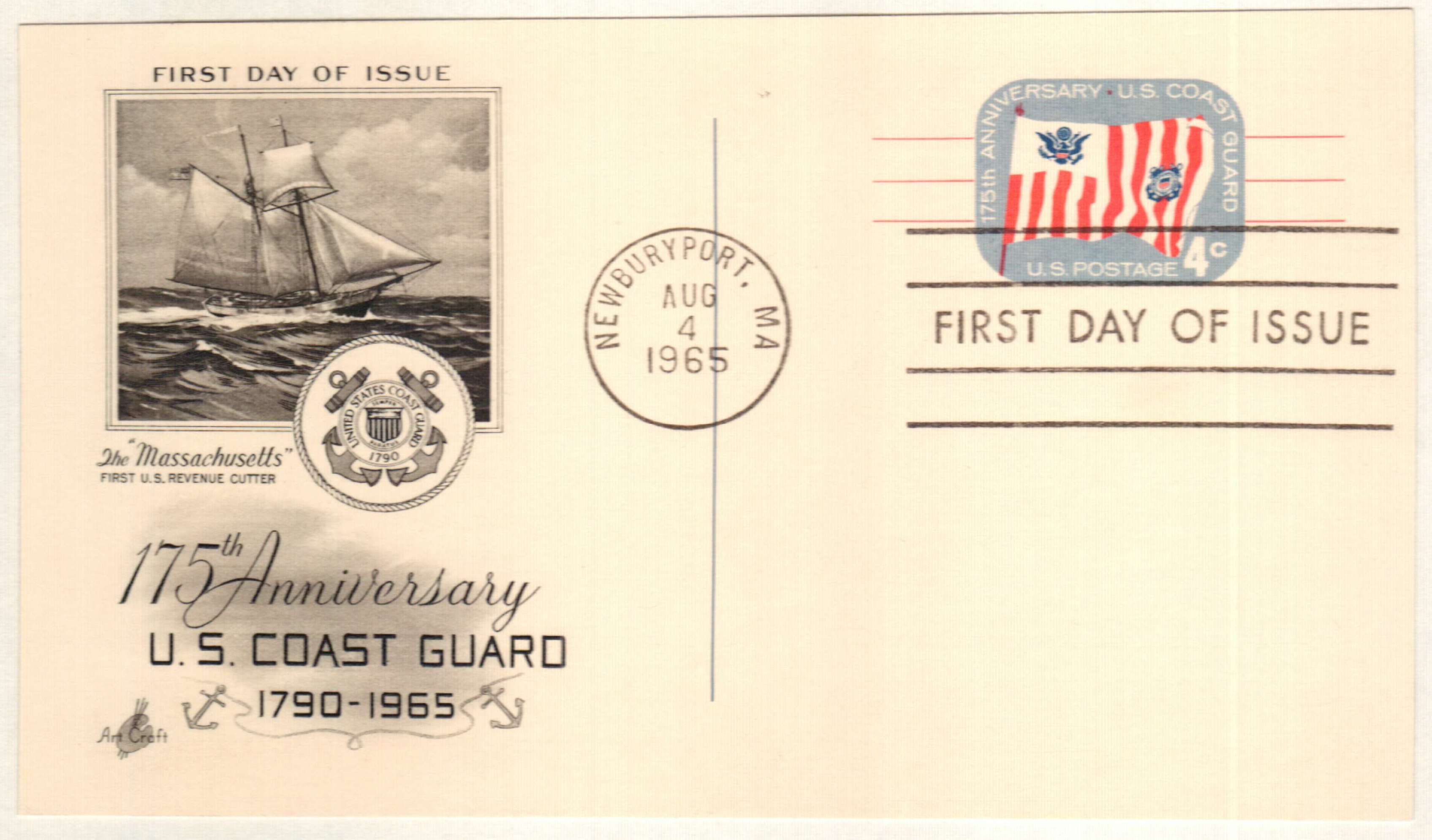
The initial “System of Cutters†consisted of 10 ships. Each ship was constructed in the same area where it would patrol. President Washington suggested that each ship be built for $1,000 or less, though three of them ended up costing more than that.
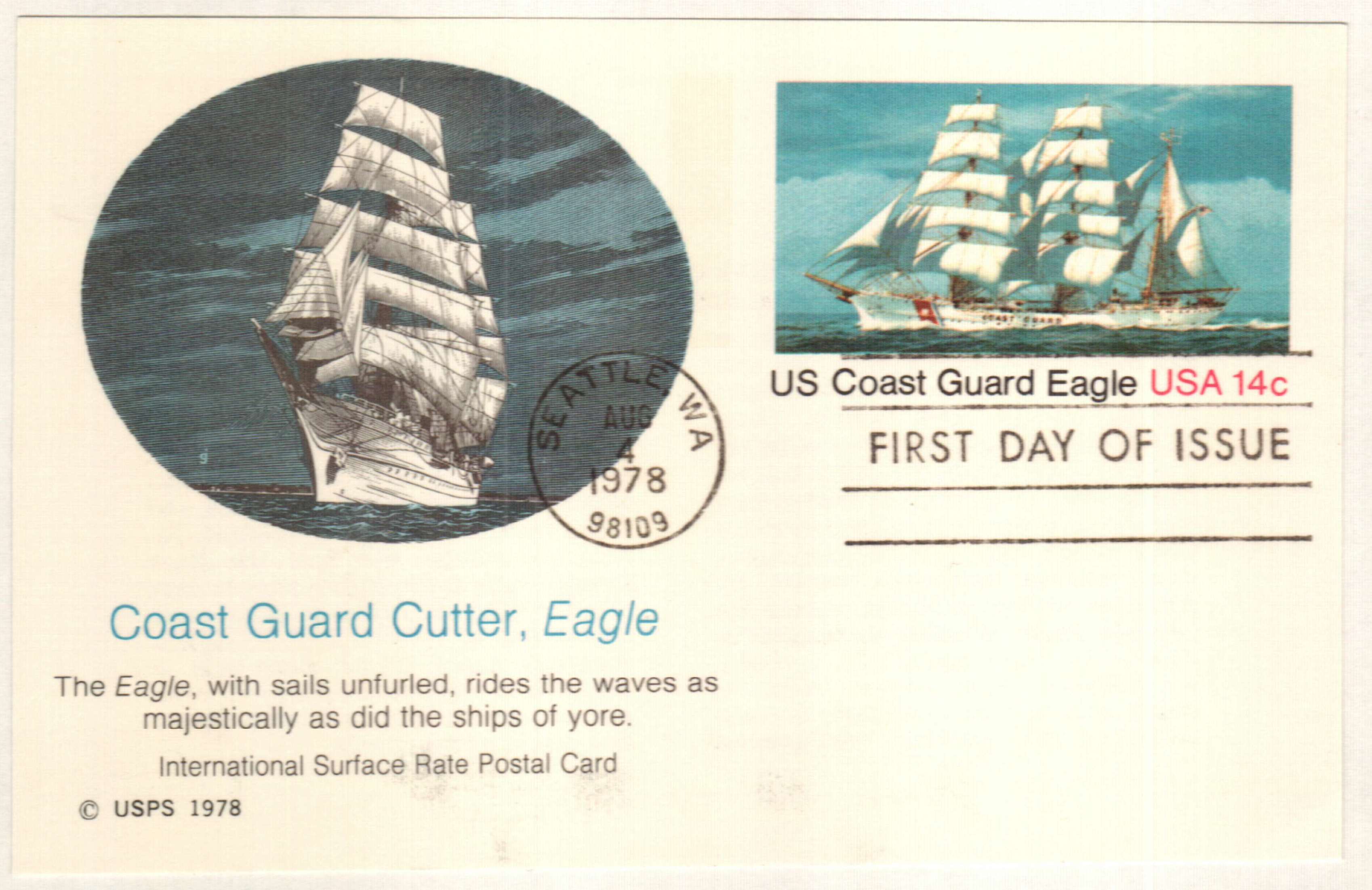
Going into service that year, the Revenue Cutter Service was America’s only armed maritime service until the Navy was formed in 1798. In addition to combating smuggling and piracy, the service was also tasked with preventing slave ships from entering the U.S.
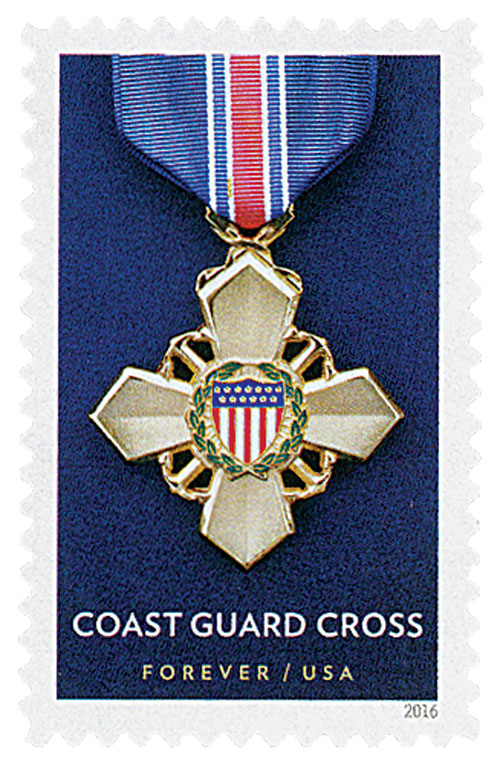
The Coast Guard was organized from the Revenue Cutter Service in 1915. Since those early days, the Coast Guard’s duties have expanded to include navigational aid, search and rescue efforts and joining forces with the Navy during times of war.
Click here for images and history behind some of the Revenue Cutter Service’s early ships.
Click here for more Coast Guard stamps, covers, and medals.
Â
Â
Creation Of The U.S. Coast Guard

On August 4, 1790, President George Washington passed a new Tariff Act that created the United States Revenue Cutter Service, the forerunner of the U.S. Coast Guard.
Both before and after the American Revolutionary War, smuggling, shipping control, pirating, and revenue imbalance were issues along the American coast. The young nation needed income, which it could get from tariffs on imports. But it first had to deal with the issues at sea to be able to enforce these new tariff laws.

To combat this issue, Secretary of the Treasury Alexander Hamilton suggested the creation of a naval police force to patrol American waters. President George Washington and Congress agreed with his proposal and signed it into law on August 4, 1790, officially creating the U.S. Revenue Cutter Service.

The initial “System of Cutters†consisted of 10 ships. Each ship was constructed in the same area where it would patrol. President Washington suggested that each ship be built for $1,000 or less, though three of them ended up costing more than that.

Going into service that year, the Revenue Cutter Service was America’s only armed maritime service until the Navy was formed in 1798. In addition to combating smuggling and piracy, the service was also tasked with preventing slave ships from entering the U.S.

The Coast Guard was organized from the Revenue Cutter Service in 1915. Since those early days, the Coast Guard’s duties have expanded to include navigational aid, search and rescue efforts and joining forces with the Navy during times of war.
Click here for images and history behind some of the Revenue Cutter Service’s early ships.
Click here for more Coast Guard stamps, covers, and medals.












